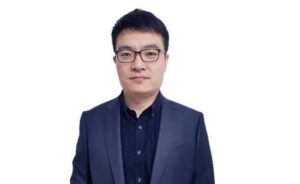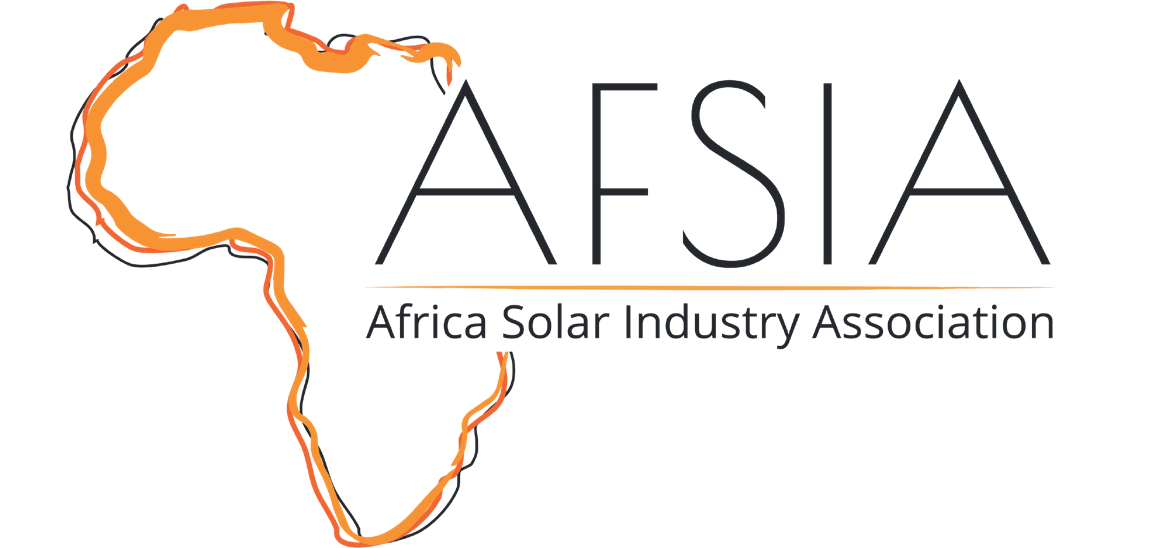Utilities Middle East speaks to Jaffer Wang, General Manager, Sub-Saharan Africa at JinkoSolar about the company’s business strategy in the region and how its products can help boost access to electric power to millions of people that are not connected to the grid

Jaffer Wang, General Manager, Sub-Saharan Africa at JinkoSolar
What is your general impression of the PV solar market in Sub-Saharan Africa (SSA) and what are the current demand trends?
There will be tremendous growth for the Solar PV market in the Sub-Saharan Africa (SSA) region due to the continued commitment by the governments, private sector & investors to embrace renewable energy. As of 2020, nearly 660 million people still had no access to electricity in this market.
Recently, the off-grid solar industry has been embraced globally as the critical component in the fight to eliminate energy poverty. It has become a proven reliable way to providing affordable modern electricity services in rural communities and an important complement in areas with unreliable grid electricity. The C&I sector is also growing tremendously. There is increased uptake of C&I PV+ storage solutions to address the impact of unstable grids and high tariffs on the cost of business.
What is the potential of PV solar in reducing the power deficit in SSA?
About 660 million people will have to be connected by 2030 to reach universal access, according to the UN Sustainable Development Goals (SDGs). The COVID-19 crisis threatens progress. In Sub-Saharan Africa, the number of people without access to electricity most likely grew in 2020. This means the access rate will have to more than triple between now and 2030. In Sub-Saharan Africa alone, this would mean connecting around 85 million people each year through 2030.
With the intensified policy support and cost reductions, this could push the share of modern renewables in TFEC (Total final Energy consumption) above 25 percent, with renewables accounting for a little more than half of electricity supply. The rapid growth in renewable energy could continue over the coming decade, with its share in TFEC reaching 28 percent by 2030.
During SNEC 2021, Jinko Solar launched a storage product, can you tell us more about it and how efficient are your latest high power modules?
True, we recently added energy storage to our solutions portfolio after few years of piloting. Our storage solution is an integrated solution combining both PCS, battery racks & other auxiliary equipment supplied in cabinets and containerised solution. They are designed to suit residential & commercial and utility scale applications.
We offer residential solutions from 1kwh-50kwh, commercial and industrial solutions from 20 kWh up to 1MWh and also utility scale solutions of more than 1MWh. We have made the solutions in a way that it lessens the installation time and also with ease of scalability.
We are now focusing on not only high power but also high efficiency solar PV modules. All the PV modules that we offer in our portfolio are high efficiency modules with efficiencies of more than 20%.
Jinko has recently set record efficiency of 25.25% in its large-area N-type monocrystalline silicon solar cells. Jinko Solar continues to solidify its reputation in R&D and has made industry-leading iterations in silicon wafers, solar cells and solar modules over the years.
In the development of the high power modules, our R&D as done rigorous research to ensure that our new modules are compatible with downstream components (inverters and trackers).
What needs to be done to increase the penetration of utility scale solar plants in SSA?
There as so many things that can be done to encourage utility scale penetration in SSA. This will include government policies and institutional policies among other initiatives.
There is also need to develop a strategy for diversification of the energy mix, ensuring energy security by using all existing resources. Improving energy access by establishing rural electrification programmes, extending the national grid with the aim of proving the quality of electricity supply for the households that are connected must be part of the broader strategy.
There is also need to develop human capacity throughout the energy delivery chain while encouraging energy efficiency and an energy-saving culture through effective incentives for utilities and clients.
Developing an effective institutional framework for the power sector to attract private participation and investment is very important.
Incentives and tax reliefs for renewable energy plants will play a very important role in encouraging the penetration of utility scale PV plant in SSA.
There is also need to develop bankable projects to achieve low cost of energy from RE plants that will be very competitive.
Where do you see the SSA solar and storage market in the next five years and what is JinkoSolar doing to align itself with new market trends?
We expect to see an increase in demand for storage solutions both especially for the Commercial & Industries and utility scale projects. For the next 5 years Lithium Ion based solutions will dominate the market for storage due to its versatility nature, reliability and high energy density.
JinkoSolar has been leading the solar industry through the strength of its continuous R&D and innovation, reliable production and quality as well as outstanding customer service. It is part of our core responsibilities to undertake broad market research and adapt our solutions to the peculiar needs of the markets that we operate in. We also continuously evolve our state-of-the-art technologies to help reduce manufacturing cost, provide optimised and affordable solutions that will enable a sustainable future in Sub Saharan Africa through renewable energy.



